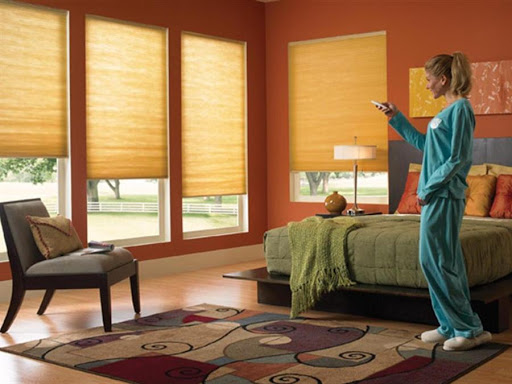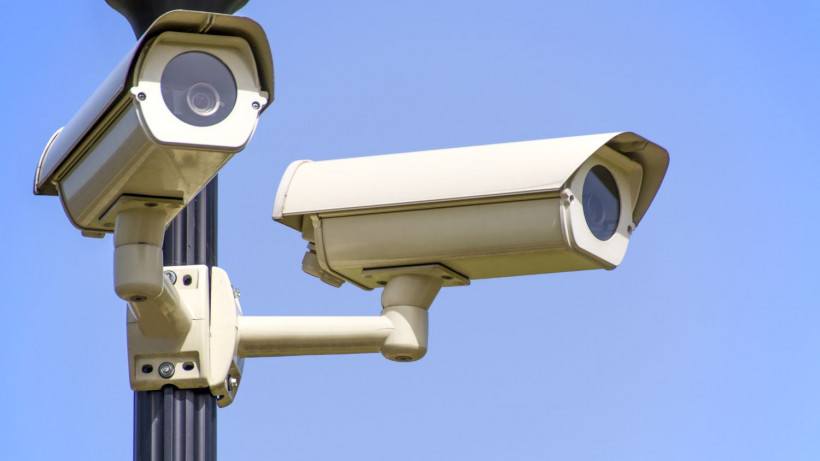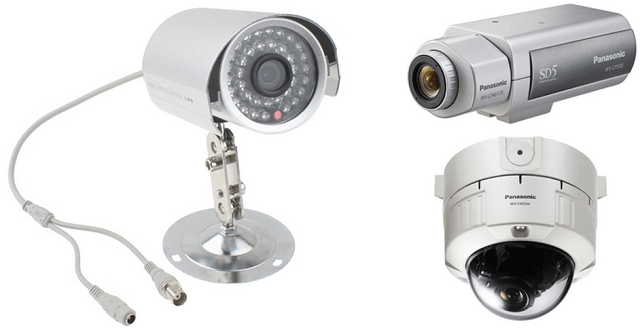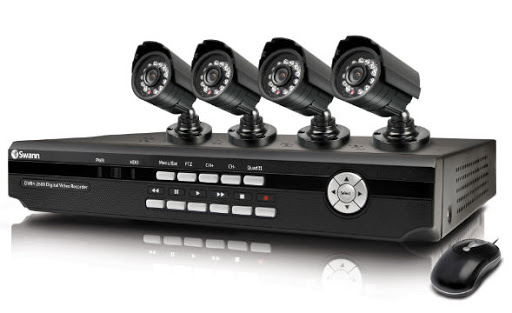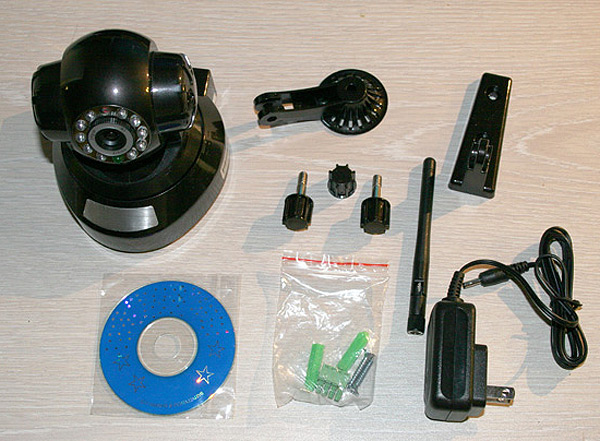The concept of a smart home has been developed for a long time. It involves the management of a security system, fire protection system, home equipment, up to the simplest devices using one module. Apple's smart home is one of the options for the software platform.
How Apple Smart Home Works
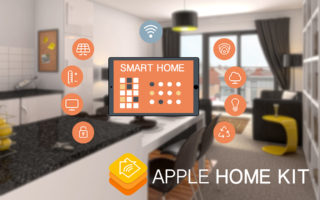
The framework is designed to integrate household appliances and automate their work as much as possible. From a technological point of view, the solutions are simple. However, Apple's system is closed and involves the use of only those elements that have been certified by the company.
The main market for Apple is the United States. Power supply standards differ here. Accessories specially designed for the Home Kit may not work.
Apple Home Kit platform solves the following tasks:
- collects data from installed and connected devices and monitors;
- controls home equipment;
- executes programmed scenarios: turn on the heating or air conditioner at the right time, ensures the operation of the security alarm, registers the visitor and transmits information about him to the user;
- notifies the owner of the dwelling about the occurrence of emergency situations.
The Home Kit framework is controlled by iPhone, iPad or AppleTV devices.
Complete list of smart home devices
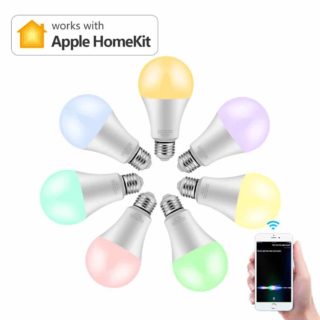
The platform allows you to work with devices and devices designed to function in a smart home system. Installation and connection of devices from other manufacturers is possible. However, the choice on the Russian market is limited.
Lights, sockets and switches
In the conditions of the Russian Federation, only those devices can be used whose dimensions and energy consumption standard coincide with Russian standards.
In a smart home based on the Apple Home Kit, the company produces only 3 types of lamps powered by a 220 V network and an E27 base. All models support the partial power function. Decorative lighting available. For example, Nanoleaf Light Panels. LEDs in its composition generate colored radiation of different power.
Additional convenience - smart switches. iPhone or iPad is not always at hand. Ready scripts are activated by pressing a button - short, double, long. Switches are placed in places where implementation is required.
If your home appliances don't support Home Kit, there is another way - smart plugs. The iPod can be used to turn them on and off. Outlets act like counters. This allows you to control the devices operating from them.
Ventilation system
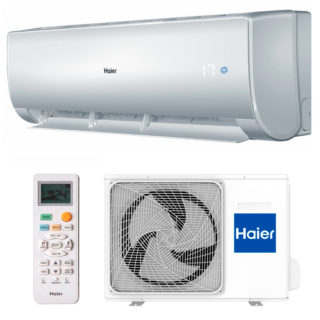
There are a very limited number of Apple certified air conditioners or fans. From a smartphone, you can control equipment designed for voltages up to 120 V. The list is short:
- ceiling fans from Hunter;
- a line of air conditioners from Haier;
- oil heaters from the same company;
- O'pro9 air purifiers - manufactured for the USA.
To include air conditioning in the overall system, they resort to other solutions: they set up 3 operating scenarios and connect to a smart switch or socket.
Another way is Elgato Eve.This is a centralized controller that, using sockets, is able to coordinate the operation of ventilation and air conditioning with an Apple platform.
Sensors
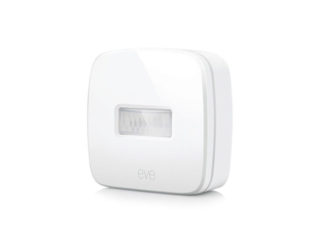
Better to use Elgato Eve. The weather station evaluates and displays the temperature, humidity level, pressure, the room air analyzer provides the same data about the indoor air. Contact sensors control the opening of doors and windows, can close doors and signal unauthorized opening. Motion sensors register the movement of objects.
August Smart Lock products are compatible with Home Kit. From a smartphone, the owner of the home controls the entrance to the house, looks through the statistics of visits, and receives an image of the guest.
Control of accidents
This opportunity is provided by the Elgato Eve sensors. Automation tools notify the owner of what is happening, but the platform is designed more for management than prevention of accidents.
Security systems
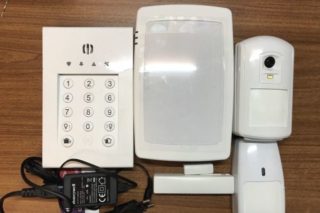
The basis for it is the already mentioned contact and motion sensors. The structure is complemented by video cameras that are compatible with the Home Kit, for example, the products of the D-link company. The Apple software is pre-installed on the device.
There is also a comprehensive solution - a ready-made security system from Honeywell. However, it is voice controlled and uses English, French, Spanish and Portuguese.
Internet devices
The company offers its own protocol for transferring data over a local network - AirPlay. If the speakers, receivers, cameras support the protocol, it is not difficult to connect them.
To control the smart home system remotely, you need to install a mobile application - network bridge, smart hub. Apple TV can handle this feature as well.
There are other devices that can be automated: motorized curtains - regulate the flow of light; drives for opening lifting and sliding gates - assume voice control in English; irrigation systems - water is supplied according to a programmed algorithm; thermostats - regulate the heating of each radiator.
Rules for connecting and managing the system
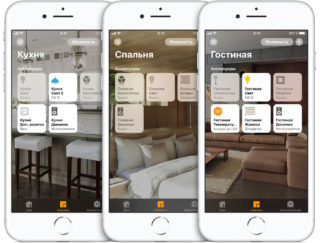
All Home Kit compatible devices are detected and connected automatically. The configuration is carried out in several stages:
- on the room tab, set the division of devices into zones;
- identify devices compatible with the platform;
- each discovered device is assigned a zone;
- by long pressing the button of the device, they open the controls and create scenarios.
Appliances or scenarios added to Favorites are available not only to the Home application, but also to other devices: MacBook, tablet, watch, if they have an Apple account.
The main advantages and disadvantages of the Apple smart home
The Apple Smart for Home platform has its advantages:
- control from one device;
- any scenarios can be developed within the software capabilities;
- voice control is available through the cloud-based voice assistant Siri;
- the connection is wireless.
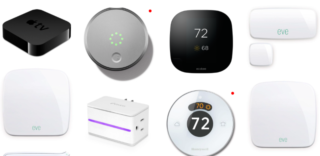
There are also significant disadvantages:
- the list of compatible devices and technologies is limited;
- the choice of wall switches is very small;
- Internet is required for voice control;
- there are no elements installed in the electrical panel, the system cannot prevent emergency situations.
Apple is committed to making management as easy as possible. This approach does not fit well with complex systems.
Market place
Apple is far from the first and not the only company to develop a smart home. Crestron, AMX offer solutions that are more voluminous and complex. At the same time, applications have already appeared that support certain Apple technologies.
Simple operation attracts the consumer. There is often a situation when drivers are written or special devices like the Raspberry Pi are installed to interact between the iPhone and the "foreign" system.

